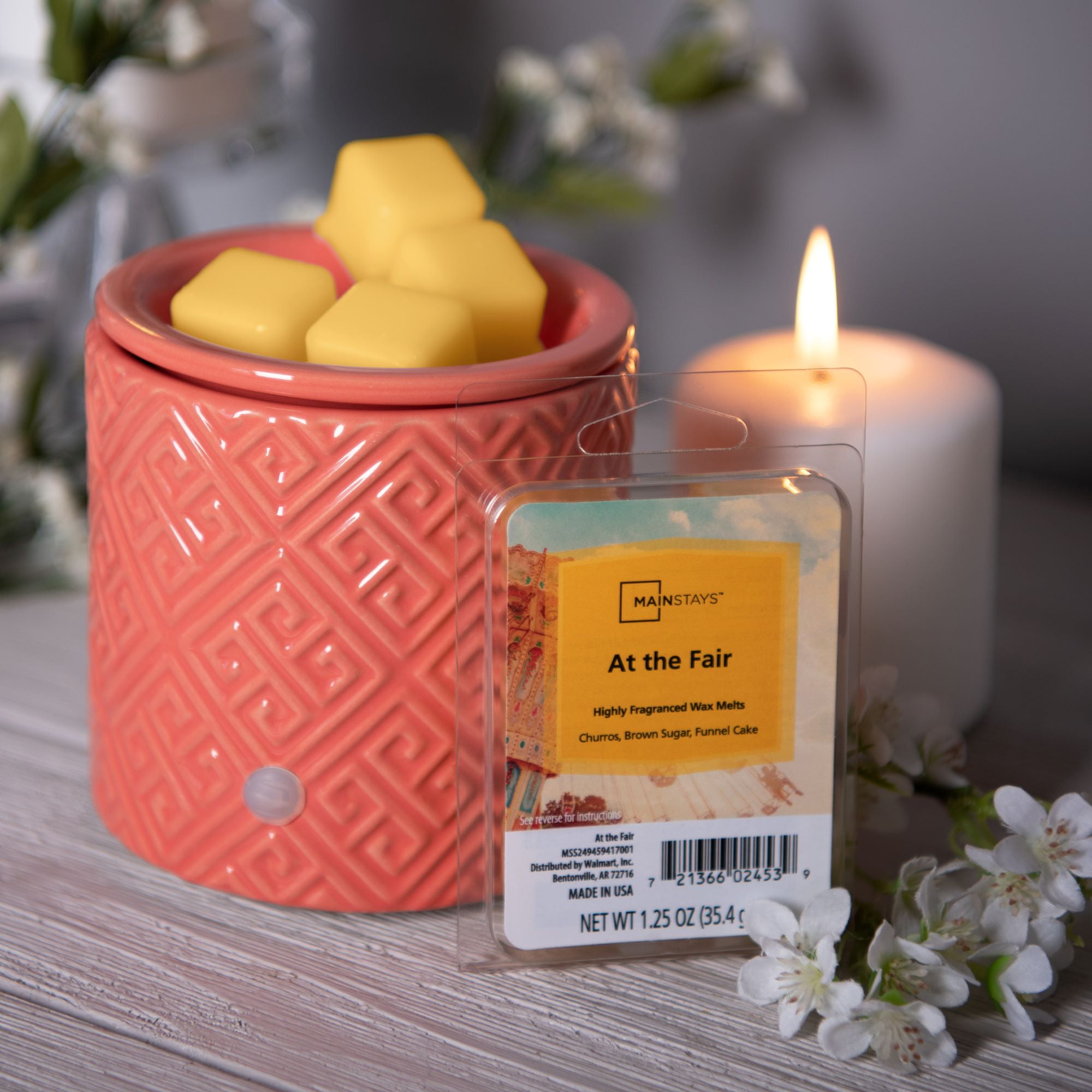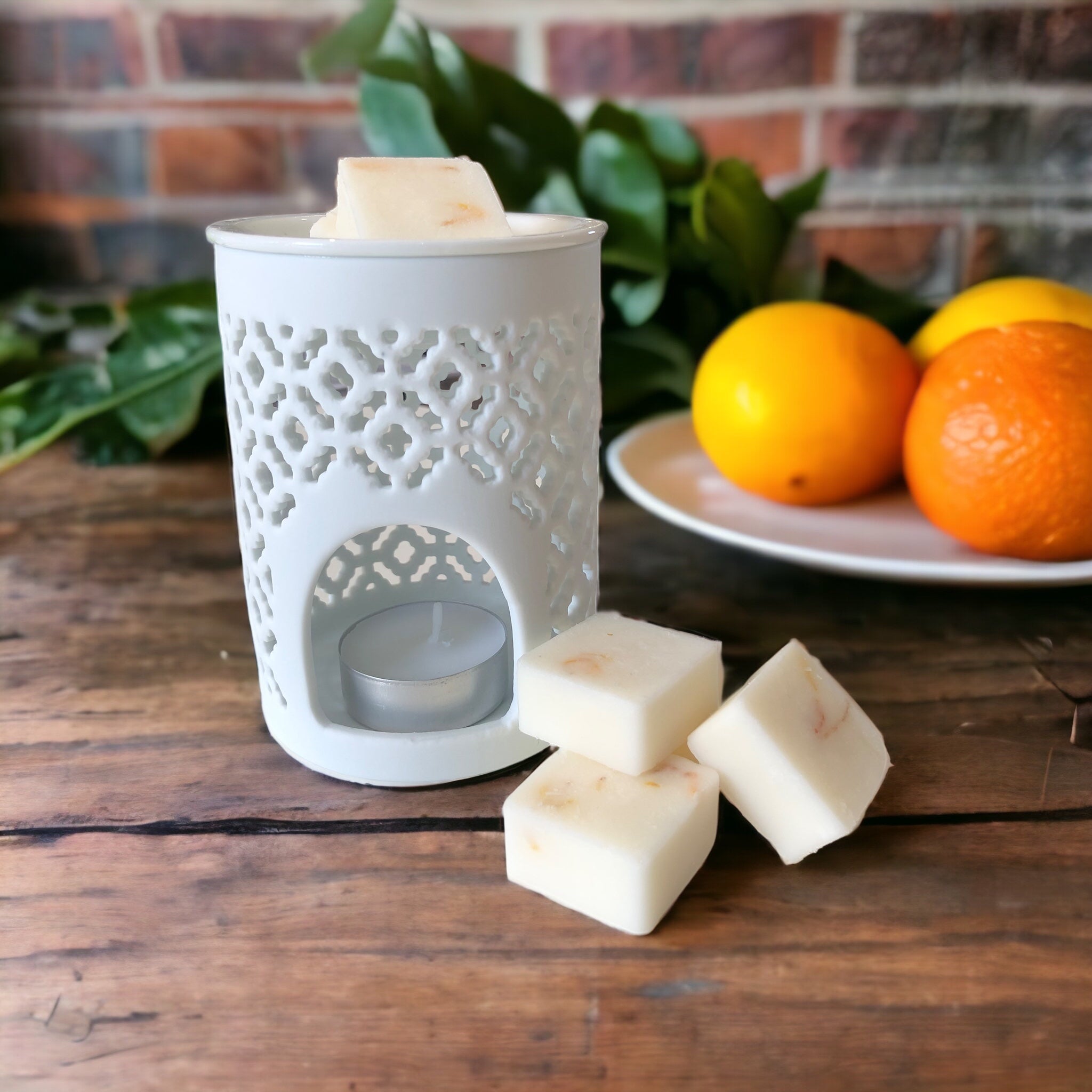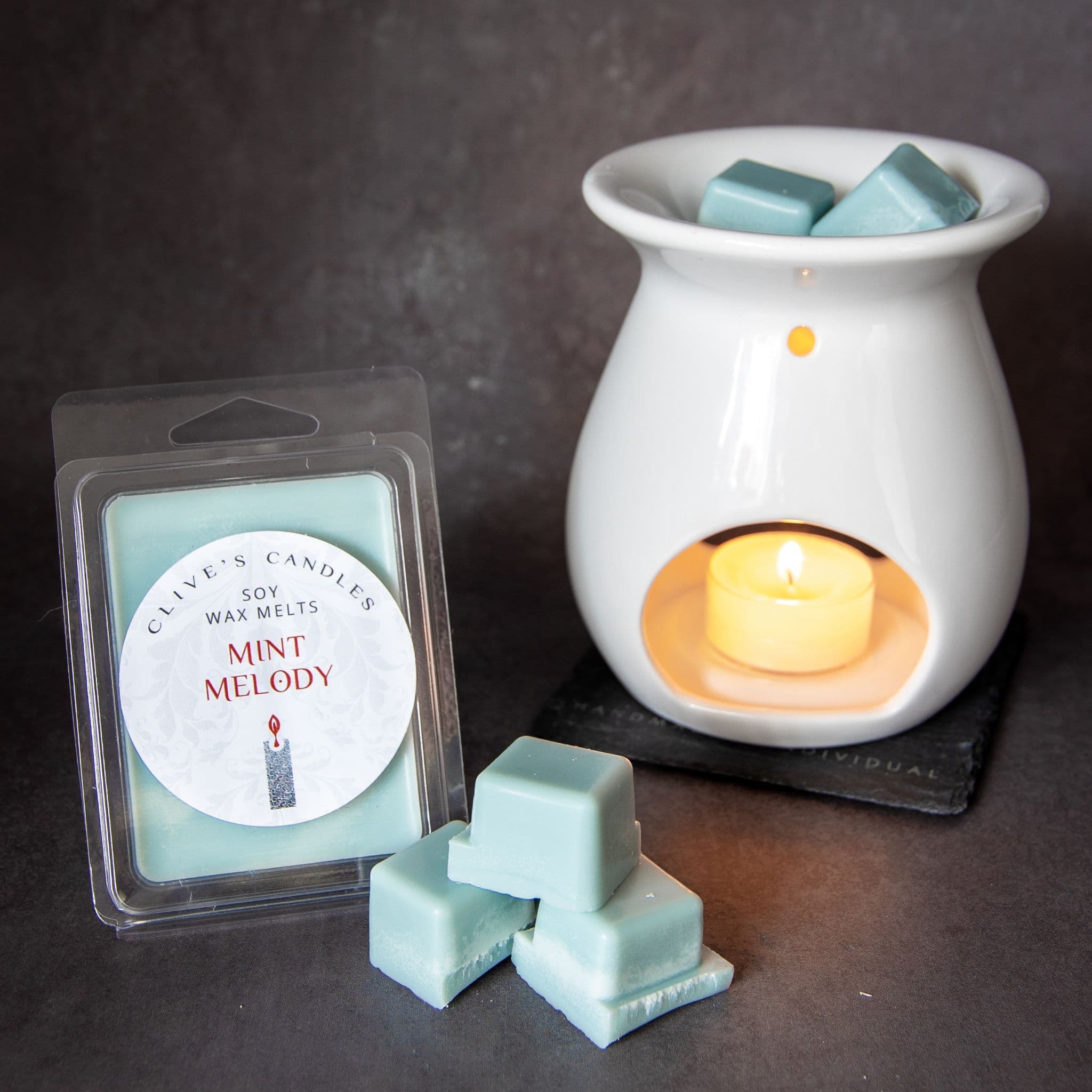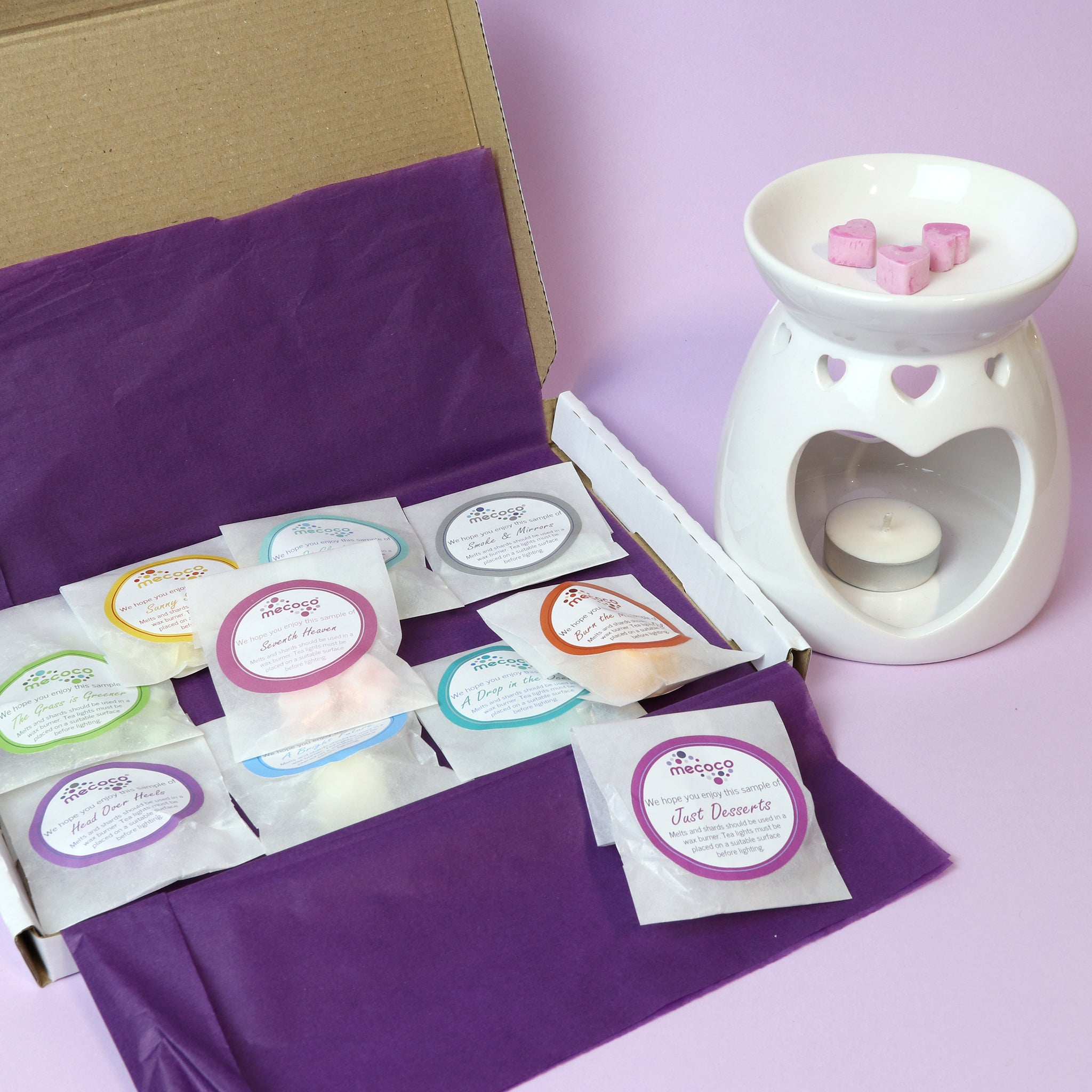Wax melting is a fundamental process in various industries, including candle making, wax sealing, and cosmetics production. To ensure successful results and maintain safety standards, mastering the art of melting wax is crucial. In this guide, we’ll explore essential tips and techniques to simplify the wax melting process and achieve optimal outcomes.
Understanding Different Types of Wax
Before delving into the melting process, it’s essential to understand the various types of wax available. The most common types include:
- Paraffin Wax: Known for its affordability and accessibility, paraffin wax is derived from petroleum. It has a low melting point and is suitable for making traditional candles.
- Soy Wax: Made from soybean oil, soy wax is a renewable and eco-friendly option. It has a lower melting point than paraffin wax and produces minimal soot.
- Beeswax: Naturally sourced from beehives, beeswax has a distinct honey-like scent and a higher melting point. It’s often used in cosmetic products and premium candles.
- Gel Wax: Gel wax is a transparent material that can hold a high fragrance load. It’s commonly used in container candles and decorative designs.
Understanding the characteristics of each type of wax will help you choose the most suitable option for your project.

Selecting the Right Melting Equipment
Investing in the proper melting equipment is essential for achieving consistent results. Consider the following factors when selecting melting tools:
- Double Boiler: Using a double boiler is the safest method for melting wax, as it reduces the risk of direct heat contact. Ensure the inner pot is heat-resistant and large enough to accommodate your wax quantity.
- Heat Source: Choose a reliable heat source, such as a stove or electric hot plate, with precise temperature control. Avoid using open flames, as they pose a fire hazard.
- Thermometer: A quality thermometer is indispensable for monitoring the wax temperature accurately. Different types of wax have specific melting points, and overheating can lead to discoloration or degradation.
- Stirring Tools: Opt for heat-resistant stirring tools, such as stainless steel or silicone spatulas, to ensure uniform melting and prevent hot spots.
By investing in high-quality melting equipment, you can streamline the wax melting process and achieve professional results.

Optimizing Melting Techniques
Once you have the necessary equipment in place, it’s time to master the art of melting wax efficiently. Follow these techniques for optimal results:
- Gradual Heating: Avoid heating the wax too quickly, as rapid temperature changes can affect its quality. Start with a low to medium heat setting and gradually increase the temperature as needed.
- Stirring Frequently: Stir the wax regularly to promote even melting and prevent scorching. Pay attention to the edges of the pot, as wax tends to solidify first in these areas.
- Adding Fragrance and Color: If desired, incorporate fragrance oils or dye chips into the melted wax once it reaches the desired temperature. Stir gently to distribute the additives evenly.
- Maintaining Safety: Never leave melting wax unattended, and keep flammable materials away from the heat source. In case of any spills or accidents, have a fire extinguisher and baking soda nearby for quick response.
By implementing these melting techniques, you can enhance efficiency and ensure consistent results in your wax-based projects.

Troubleshooting Common Issues
Despite careful preparation, you may encounter occasional challenges during the wax melting process. Here are some common issues and their solutions:
- Frosting: Frosting, or white crystallization on the surface of candles, can occur due to temperature fluctuations. To minimize frosting, cool the candles slowly and store them in a stable environment.
- Sinking Wicks: If wicks sink to the bottom of the candle container during cooling, use a wick holder or pencil to keep them centered until the wax solidifies.
- Tunneling: Tunneling refers to uneven burning, leaving wax buildup along the sides of the candle container. To prevent tunneling, trim the wick to the recommended length before each use and allow the candle to burn long enough to melt the entire surface.
- Burnt Smell: Overheating the wax can result in a burnt odor. If you detect a burnt smell, remove the wax from the heat source immediately and let it cool before assessing the damage.
By addressing these common issues proactively, you can troubleshoot problems and improve the quality of your wax products.

Exploring Advanced Wax Melting Techniques
Now that we’ve covered the essentials of wax melting, let’s delve into some advanced techniques to elevate your craft and expand your creative horizons.
1. Temperature Control Mastery:
Achieving precise temperature control is paramount for working with different types of wax. Invest in a digital thermometer with a probe that can be immersed in the wax to monitor its temperature accurately. Experiment with various temperature settings to discover the optimal melting point for each type of wax. Remember that maintaining a consistent temperature throughout the melting process is key to producing high-quality results.
2. Blending Wax Formulas:
Expand your repertoire by experimenting with custom wax blends. Mix different types of wax in varying proportions to create unique formulations that offer the desired characteristics, such as scent throw, burn time, and texture. For example, combining soy wax with beeswax can enhance scent retention and add a natural golden hue to your candles. Keep detailed records of your blend ratios and performance observations for future reference.
3. Incorporating Additives:
Explore the world of additives to enhance the properties of your wax creations. Additives such as stearic acid, vybar, and UV inhibitors can modify the texture, opacity, and longevity of your candles. Be cautious when incorporating additives, as excessive amounts can compromise the integrity of the wax and affect its performance. Start with small quantities and conduct thorough testing to determine the optimal dosage for your desired outcomes.
Conclusion
Mastering the art of melting wax requires a combination of knowledge, skill, and attention to detail. By understanding different types of wax, selecting the right melting equipment, and implementing optimal techniques, you can simplify the process and achieve superior results in your wax-based projects. Remember to prioritize safety at all times and be prepared to troubleshoot common issues as they arise. With practice and patience, you’ll become proficient in the art of melting wax and unleash your creativity in various applications.









